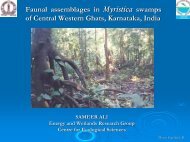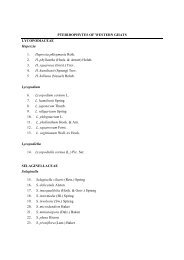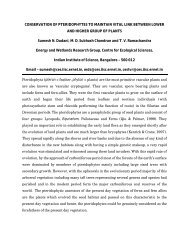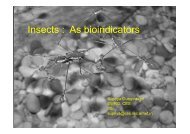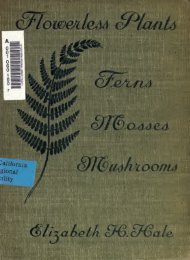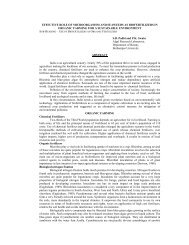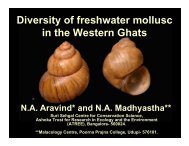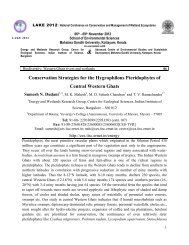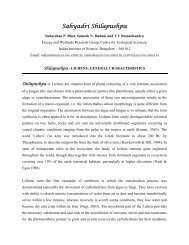regional wood energy development programme in asia ... - CES (IISc)
regional wood energy development programme in asia ... - CES (IISc)
regional wood energy development programme in asia ... - CES (IISc)
You also want an ePaper? Increase the reach of your titles
YUMPU automatically turns print PDFs into web optimized ePapers that Google loves.
3 TYPES AND NATURE OF WOODFUEL IN THE AREA<br />
In the dry zone, <strong>wood</strong>fuels are widely used for domestic purposes such as cook<strong>in</strong>g and food<br />
process<strong>in</strong>g as well as for small <strong>in</strong>dustries. These <strong>in</strong>clude evaporated milk factories, sugar factories,<br />
jaggery boil<strong>in</strong>g, caustic soda boil<strong>in</strong>g, brick mak<strong>in</strong>g, lime burn<strong>in</strong>g, potteries, black-smithies and<br />
weav<strong>in</strong>g factories. Different types of <strong>wood</strong>fuels are used such as fuel<strong>wood</strong>, charcoal, bamboo,<br />
sawmill off-cuts and sawdust. Besides <strong>wood</strong>fuels, agricultural residues such as rice husks, ziziphus<br />
husks, coconut shells, cotton stalks, pigeon-pea stalks, sesame stalks, paddy stalks, tree leaves<br />
and cow dung are also widely used. The bulk of biomass fuels used <strong>in</strong> the dry zone consists of<br />
fuel<strong>wood</strong>, bamboo and charcoal, both for <strong>in</strong>dustrial and domestic <strong>energy</strong> consumption. Sawmill offcuts,<br />
sawdust and agricultural residues are less important and basically supplement the <strong>wood</strong>fuels.<br />
After the completion of a new road from Payangasu to Pyawbwe <strong>in</strong> 1990, which shortened the<br />
distance from 54 to 16 miles, the latter area has also become a major market for <strong>wood</strong>fuel, <strong>in</strong><br />
particular for use by evaporated milk and sugar factories.<br />
3.1 Fuel<strong>wood</strong><br />
The Y<strong>in</strong>mab<strong>in</strong> area is the ma<strong>in</strong> supply source and is covered by DUMD, scrub <strong>in</strong>da<strong>in</strong>g, than<br />
and dahat forests. Due to the grow<strong>in</strong>g demand for fuel<strong>wood</strong> and other timber products the stand<strong>in</strong>g<br />
stock is gradually decreas<strong>in</strong>g. Natural regeneration is hampered, probably due to soil degradation<br />
and erosion and the trees have been replaced by dry bamboo species such as hmy<strong>in</strong><br />
(Dendrocalmus strictus).<br />
Figure 3.1 A dry upper mixed deciduous forest <strong>in</strong> the Yebokson Reserve, Y<strong>in</strong>mab<strong>in</strong><br />
7



